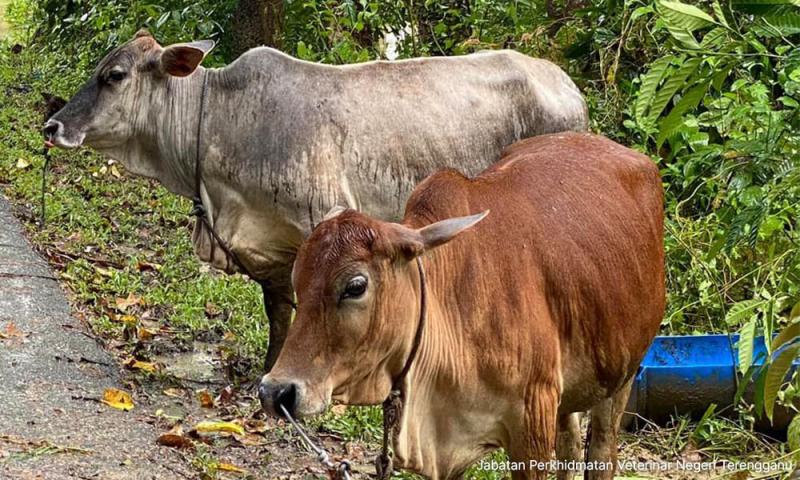LETTER | Animals have to be included in flood mitigation plans
LETTER | Flooding causes widespread devastation resulting in the loss of lives and livestock, crops, and damage to properties.
In recent decades it has been aggravated by the effects of climate change that is already happening all over the world. The recurring flood situation in Malaysia has deteriorated.
In the event of a flood, there are no safety precautions in place to safeguard or facilitate the evacuation of farm animals.
Consumers Association of Penang (CAP) views the worsening floods very seriously because of the loss of lives and the destruction of the environment.
Livestock are constantly among the many casualties in times of natural disasters, particularly floods, which are the most frequent and widespread of all weather-related natural catastrophes.
Farmers who depend their livelihood on the rearing of livestock will be severely impacted when disaster strikes as the animals are the least priority in disaster management.
The Statistics Department reported RM36.9 million in losses for the livestock sector in 2022. It causes both economic losses as well as the lives and sufferings of livestock whenever disaster strikes.
Measures have to be taken to mitigate losses in livestock and emergency preparedness is critical for animal welfare and business continuity.
Planning ahead assists in making better decisions to help and protect these animals before and during a disaster.
Animals caught in a flood often suffer stress, shock, limb damage, blood loss, dehydration, and ultimately death from drowning.
Animal risk management
Given the magnitude of losses and the importance of livestock to the breeders and rearers, the Agriculture Ministry and Veterinary Services Department (DVS) which are responsible for the welfare and health of farm animals should play a proactive role in animal risk management during disasters.
An effective approach requires more than rescuing animals in emergencies. If emergency assistance is not provided, animals may die from lack of food and water, malnutrition, and flood-related diseases.
In most cases, the time taken to respond is hampered and the availability of resources is significantly reduced in rural areas, sometimes due to difficult accessibility.
Evacuation plans and equipment should be readied for low-lying areas and respective personnel should be identified to respond to an alert issued by the coordinator of the evacuation effort.
Everyone in the teams involved should be contactable via handphones or walkie-talkies.
Ideally, the Agriculture Ministry and veterinary authorities with the knowledge, equipment, and facilities should immediately establish animal treatment and rescue centres in the affected areas.
Collaborate with others
Working with the assistance of communities, voluntary bodies/organisations, and animal welfare NGOs can be coordinated with the help of government agencies.
Another problem is the need to remove injured animals for treatment; dead animals in severely flooded areas can pose a threat to public health if they are not removed soon.
The Agriculture Ministry and DVS should seriously consider implementing policies and strategies to reduce risks and minimise the impact of disasters on animals.
Disaster risk reduction is the way forward and DVS must work with international animal welfare organisations to ensure the safety of pets and livestock.
With disaster risk reduction being promoted in disaster-prone areas in many parts of the world, Malaysia needs to have strategies and policies in place to enhance its knowledge of livestock responsiveness.
Animals suffer during disasters because they are very much dependent on humans. Therefore, we call for domestic animals and livestock to be included in emergency plans.
MOHIDEEN ABDUL KADER is president of the Consumers Association of Penang.
The views expressed here are those of the author/contributor and do not necessarily represent the views of Malaysiakini.
RM12.50 / month
- Unlimited access to award-winning journalism
- Comment and share your opinions on all our articles
- Gift interesting stories to your friends
- Tax deductable
